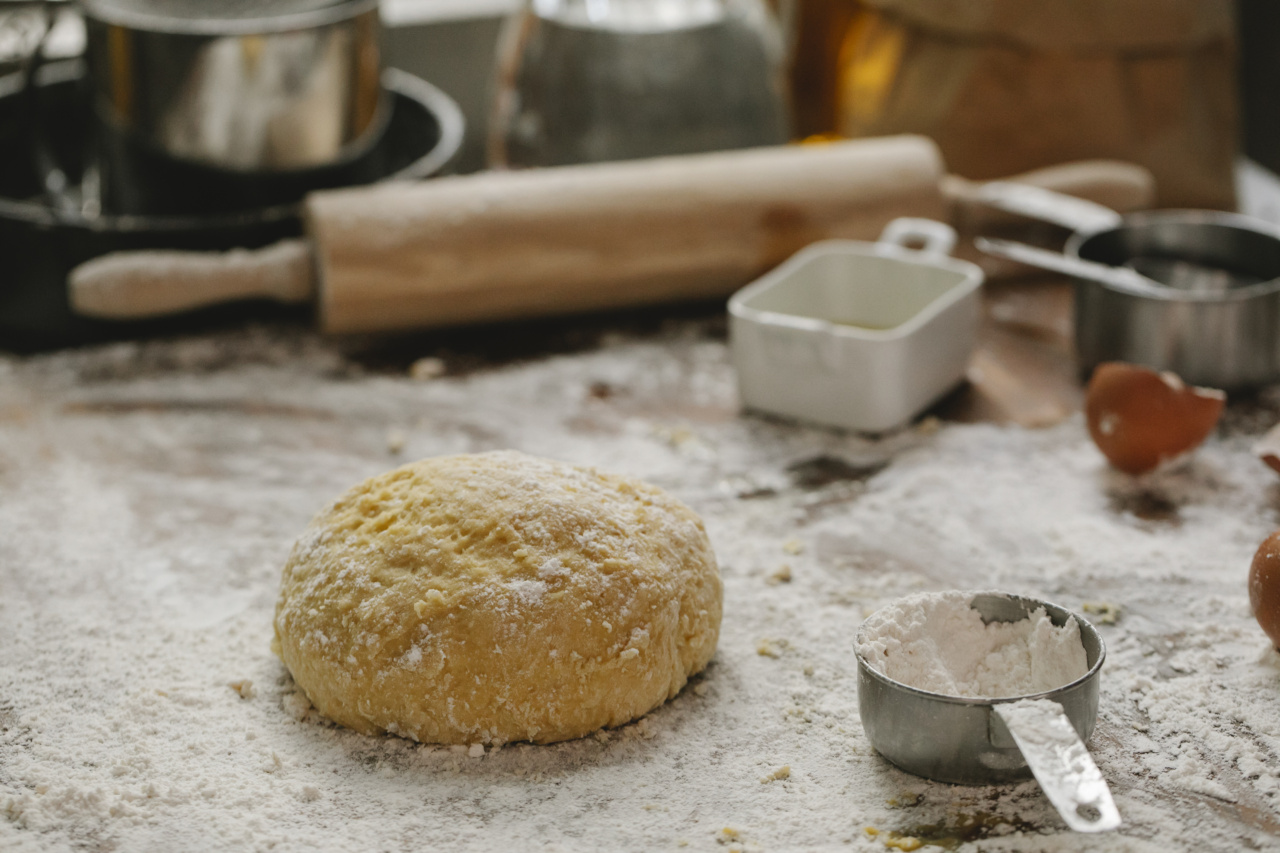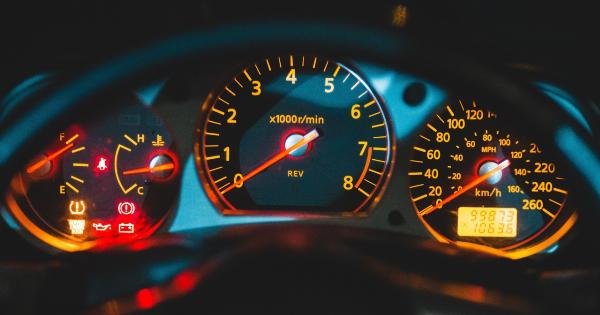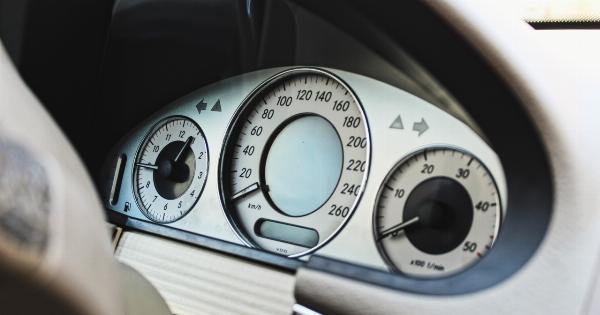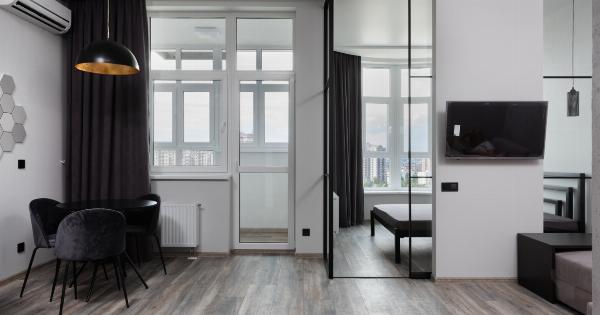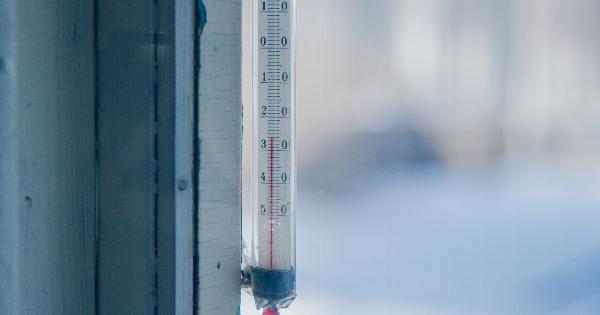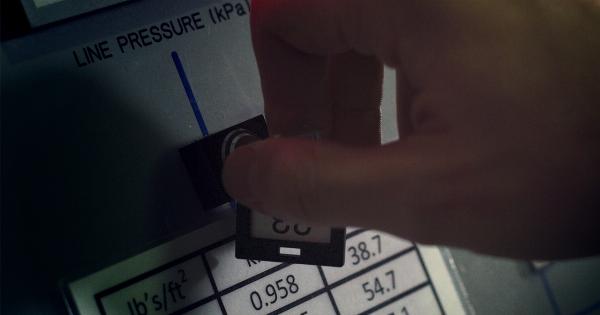Measuring pressure at home is a task that many individuals need to undertake, whether it is for monitoring tire pressure, checking the pressure in a water system, or ensuring proper functioning of various appliances.
However, there are some common mistakes that people make when measuring pressure at home, which can result in inaccurate readings or even damage to equipment. It is important to be aware of these mistakes and avoid them to ensure accurate measurements and the safety of your home and appliances.
1. Neglecting to calibrate your pressure gauge
One of the most common mistakes made when measuring pressure at home is neglecting to calibrate your pressure gauge. Over time, pressure gauges can become inaccurate due to wear and tear, which can lead to incorrect readings.
It is important to regularly calibrate your pressure gauge using a reliable calibration device to ensure accurate measurements.
2. Ignoring temperature fluctuations
Temperature can have a significant impact on pressure measurements. As temperature increases, the pressure inside a confined space will also increase. Ignoring temperature fluctuations can lead to inaccurate pressure readings.
It is essential to consider the temperature and make necessary adjustments when measuring pressure to obtain precise readings.
3. Failing to account for atmospheric pressure
When measuring pressure, it is important to account for the atmospheric pressure. Atmospheric pressure can vary depending on the weather conditions and altitude. Failing to account for atmospheric pressure can result in inaccurate readings.
To obtain accurate measurements, you should take into consideration the current atmospheric pressure and make the necessary adjustments.
4. Using an incompatible pressure unit
Using an incompatible pressure unit can lead to confusion and incorrect readings. It is crucial to ensure that you are using the correct pressure unit for your measurement.
Common pressure units include psi (pounds per square inch), bar, kPa (kilopascal), and mmHg (millimeters of mercury). Make sure you are familiar with the correct unit for your specific measurement and use the appropriate tools and conversions if needed.
5. Incorrect placement of the pressure gauge
The placement of the pressure gauge is critical for obtaining accurate measurements. Placing the gauge in an incorrect location, such as near a heat source or in a confined space, can result in inaccurate readings.
It is important to follow the guidelines provided by the equipment manufacturer and place the gauge in a suitable location that is representative of the pressure you are trying to measure.
6. Neglecting to purge the system
Before measuring pressure in a closed system, it is important to purge any air or other gases present. Failure to purge the system can lead to inaccurate readings due to the interference of trapped gases.
It is advisable to follow the proper purging procedures outlined in the equipment manual or seek guidance from a professional if unsure.
7. Overlooking pressure relief valves
Some systems, such as water or gas distribution systems, may have pressure relief valves installed. These valves are crucial for maintaining safe pressure levels and preventing damage to the system.
When measuring pressure, it is essential to ensure that the pressure relief valve is functioning properly and not releasing pressure while measuring. Overlooking pressure relief valves can result in inaccurate readings and potential safety hazards.
8. Rushing the measurement process
Measuring pressure should not be rushed. It is important to take your time and follow the proper procedures to obtain accurate readings. Rushing the measurement process can lead to errors, such as improper connections or failing to stabilize the pressure.
Slow and deliberate steps should be taken to ensure precision and reliability in your pressure measurements.
Conclusion
Measuring pressure at home can be a simple yet crucial task for maintaining the safety and functionality of various systems and appliances.
By avoiding these eight common mistakes when measuring pressure at home, you can ensure accurate readings, protect your equipment from damage, and maintain a safe environment.
